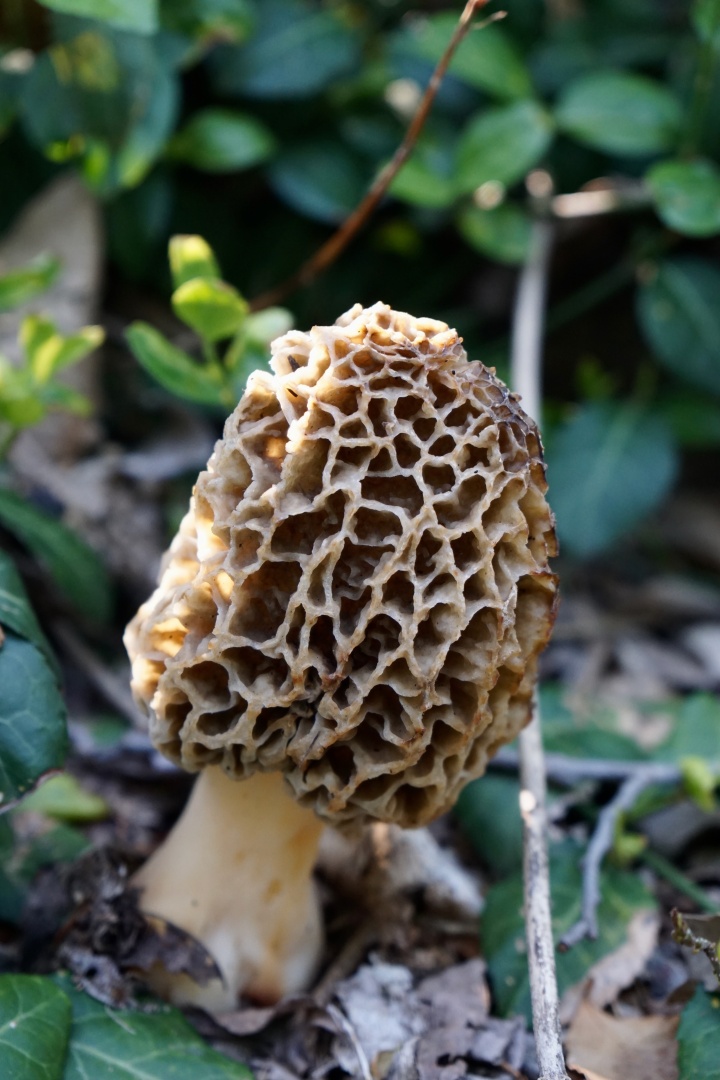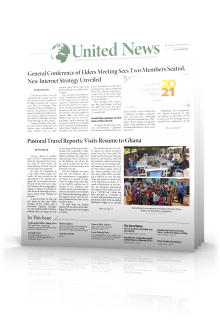Council Letter: July-August 2021
Mycelium Musings

When trudging along forest trails near my house in the spring of the year, I keep a sharp eye out for a reclusive delicacy: morel mushrooms!
Morels can be found where they grow—dedicated mushroom hunters are reluctant to reveal the exact location of their patches hidden in arboreal alcoves. However, morels prefer mature forests and seem to have an affinity for trees like elm, sycamore and hickory, especially if the tree is dead or dying. Once found and picked, the mushrooms are washed and then prepared. Sautéed with butter is my personal favorite way to savor these particularly fabulous fungi.
A reasonable question may be forming in the mind of some readers: Is it safe? Good question! It has been said that all mushrooms are edible—but some only once! Indeed, some mushrooms are quite deadly. It is highly recommended that you learn mushroom identification from an expert prior to eating any mushrooms you might collect in the wild. Your local college might offer a course in both finding and identifying safe mushrooms. In addition, purchasing a high-quality mushroom identification handbook is invaluable.
Did you know there are no telltale signs or characteristics that denote a safe mushroom from a toxic mushroom? The distinction can only be learned through either experimentation or external revelation. Some mushrooms taste awful, some cause digestive discomfort or distress, some are tasty and safe, while others are toxic and even deadly. Clearly, trial-and-error is not the best way to learn the difference!
For many beginners, the “false morel” is easily confused with true morels. There are a number of clues which make the distinction clear—especially when a teacher is able to point out the differences. As a side note, the false morel contains a chemical compound that is similar to rocket fuel; not surprisingly, this compound has rather undesirable effects on the human body.
As we consider these learning methods related to mushrooms a spiritual parallel may be coming into view. Let’s recall the account of Philip and the Ethiopian eunuch. In the latter section of Acts 8 we read how Philip was directed to the road connecting Jerusalem and Gaza. Philip, who evidently was a decent runner, caught up with the Ethiopian’s chariot and engaged in conversation with the man.
Philip was prompted to ask the Ethiopian if he understood Isaiah’s writing. The Ethiopian responded with sincerity and humility, saying, “How can I, unless someone guides me?” (Act 8:31). The Ethiopian, being hospitable, then invited Philip to join him in the chariot where Philip helped guide this new convert into deeper understanding.
Many societies, past and present, have discovered the value of keeping some of the Ten Commandments such as not stealing, not murdering and telling the truth. However, when it comes to keeping the Sabbath, the annual Holy Days and other biblical commands, people aren’t able to discover these teachings and incorporate them into their culture. As Christians we’ve been called and then guided and encouraged by the Holy Spirit. Throughout the years we’ve been coached by the Church—where we have also been given guidance, reminders and encouragement.
Mankind continues to attempt to find a good way of living through trial and error. The success rate has been very poor and has yielded mixed results at best. It is similar to trying to learn which mushrooms are good to eat though trial and error. Life, like mushroom hunting, is more fulfilling and contains much less heartache when we have a Guide and Handbook showing us the way.


